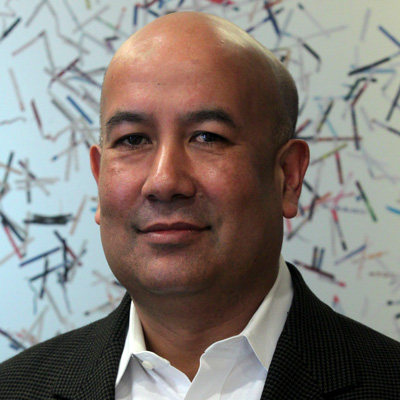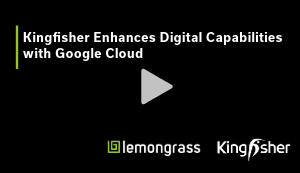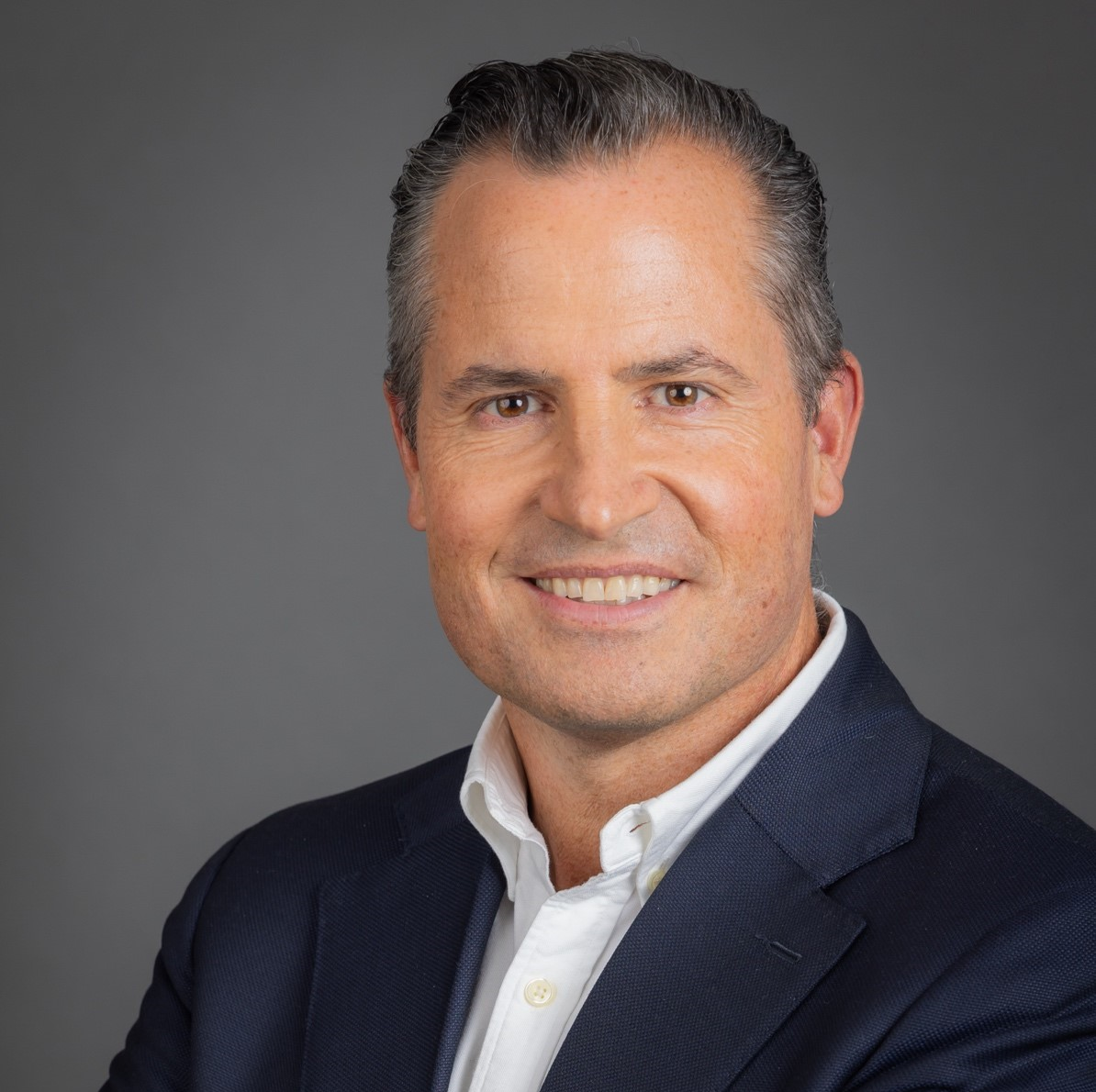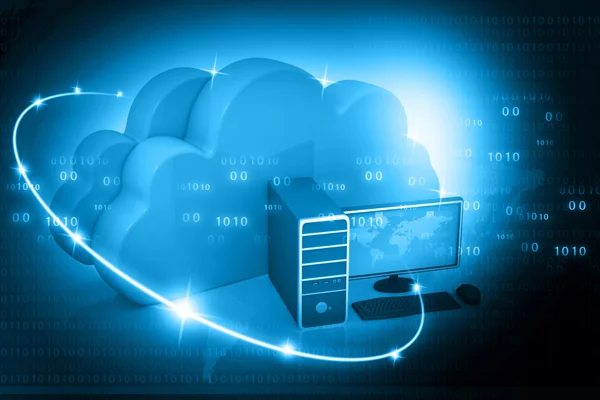“Cloud Migration is More Than Just an Upgrade”
Reading time: 11 mins
Meet the Authors
-

Rizal Ahmed
SAPinsider
-

Suparna Chawla Bhasin
Managing Editor, SAPinsider
Key Takeaways
Cloud migration is more than just upgrading from ECC to S4/HANA Cloud, private edition and customers must familiarize themselves with the Business Technology Platform (BTP).
Buying RISE is not just about obtaining S4; it also gives you access to SAP Build, basic Signavio tooling and credits for our Business Technology Platform (SAP BTP). These additional components support our customers in fully utilizing the power of their ERP system.
Maintaining a clean core requires dedication and vigilance; it's about ensuring clean code, controlled modifications, a reliable landscape, and efficient processes.
In an exclusive interview with SAPinsider, Peter Pluim, President, SAP Enterprise Cloud Services & SAP Sovereign Cloud Services talks about his role and how SAP is supporting its customers on their cloud journeys.
Peter Pluim is the President of SAP’s Enterprise Cloud Services & SAP Sovereign Cloud Services businesses, which include private managed cloud deployment options for RISE with SAP and full SAP ERP value-adding SAP Cloud Application Services as well as Sovereign Cloud Services for all SAP cloud solutions. He is responsible for the end-to-end delivery, revenue and margin of these business and leads a global team that ensures SAP delivers to its contractual commitments. Peter is part of the Global Product Engineering Group and reports directly to its President and Executive Board Member. Peter joined SAP in June 2019 and prior to his role at SAP, Peter was the Executive Vice-President and CEO of Atos’ Infrastructure & Data Management Division and part of the Executive Committee.
In an exclusive interview with SAPinsider, Peter Pluim, President, SAP Enterprise Cloud Services & SAP Sovereign Cloud Services talks about his role and how SAP is supporting its customers on their cloud journeys.

Explore related questions
Peter Pluim is the President of SAP’s Enterprise Cloud Services & SAP Sovereign Cloud Services businesses, which include private managed cloud deployment options for RISE with SAP and full SAP ERP value-adding SAP Cloud Application Services as well as Sovereign Cloud Services for all SAP cloud solutions. He is responsible for the end-to-end delivery, revenue and margin of these business and leads a global team that ensures SAP delivers to its contractual commitments. Peter is part of the Global Product Engineering Group and reports directly to its President and Executive Board Member. Peter joined SAP in June 2019 and prior to his role at SAP, Peter was the Executive Vice-President and CEO of Atos’ Infrastructure & Data Management Division and part of the Executive Committee.
Read the interview excerpts below.
SAPinsider: Share with us a bit about your journey to SAP. What motivated you to join SAP and what excites you about your role?
Peter Pluim: I am a chemical engineer turned technology entrepreneur and launched Netherlands’ first internet services company in 1994. Despite its lack of success, the experience was instrumental in my career. After that I spent 16 years at IBM, navigating various roles in sales, operations, finance and delivery, ramping my understanding of corporate intricacies. In 2012, I joined Atos’ as Global COO for their Strategic Outsourcing Business, joining the Executive Committee in 2017 as the CEO of this business, overseeing a $7 billion Outsourcing Division. But my career took a turn in 2019 when I joined SAP on Christian Klein’s invitation, bringing my expertise in operational optimization and profitability enhancement to their cloud services, despite my limited prior SAP experience.
In my four years at SAP, I have focused on restoring the trust of our customers following the early instability issues of our HANA Enterprise cloud service and building organizational capability. Since 2019, we have achieved over 99.99% average production availability and witnessed an amazing annual service uptake growth each year, expanding our customer base significantly. Amid this tremendous growth, we have prioritized service quality and stability, significantly improving customer satisfaction as evidenced in our annual regional customer councils. And this positivity reflects our successful cloud transformation, and customers are recognizing our ability to deliver on this front. At our Sapphire events, discussions have progressively become more focused on value and the future over the last four years. Our Enterprise Cloud Services team has achieved remarkable successes not just by expanding our team or superficial adjustments, but through profound changes to our core architectures. We have begun engineering below the API level alongside all major hyperscalers, enabling our customers to benefit from these stable environments. In doing so, we ensure our architectures meet our SLAs and uphold our commitment to quality.
Christian’s leadership has significantly transformed SAP into a strong, customer-centric organization. My tenure at SAP, prioritizing client satisfaction and employee contentment, has been my most rewarding professional experience to date.
SAPinsider: Can you tell me a little bit about your role and the things on which you are really focused?
Peter Pluim: Since August last year, I have been holding dual roles. As President of Enterprise Cloud Services, I oversee delivery to all RISE customers, manage our SAP global private clouds, providing more than 16 petabytes of in-memory storage across more than 90,000 system IDs. Concurrently, I am accountable for SAP’s sovereign cloud operations. This includes managing solutions like HXM, Ariba, BTP, and private cloud for clients in North America, Canada, UK, Australia, and New Zealand. We emphasize data localization, local staff delivery, local control, and compliance with standards like ITAR, IRAP, FedRAMP, DoD. We are navigating challenges of localizing control in a typically global environment, effectively trying to localize the internet. We started with “the five eyes” countries to leverage shared resources and to leverage their critical market mass.
As the lead for SAP Enterprise Cloud Services, I am responsible for delivering excellence by managing customer change requests, discerning their digital transformation paths, and executing those into technical operations. I oversee revenue and margin generation, focusing primarily on technical operations, and I am also involved in strategizing service plans based on customer business objectives. When capacity issues arise, we prioritize providing extra capacity first, resolving details later, for example, during critical business periods like Black Friday and Chinese New Year, I must ensure our services perform optimally.
My engagement in pre-sales, while not commercially inclined, emphasizes long-term implications and the trust invested in us by customers transitioning to the cloud. Despite our proven stability, across 90,000 systems, there will always be failures, our swift recovery time and high-availability architectures using clustering technology mitigate most outage impacts. This high reliability, which of course comes at a price, offsets potential business loss during downtime. On average, I engage with 5-7 customers weekly, personally overseeing larger projects. Additionally, I handle capacity planning, recruitment, talent development, and contribute to long-term strategic plans towards our executive board., My role is extensive, encapsulating a broad range of responsibilities, and a lot of fun!
SAPinsider: What has really changed over the last two years that has made SAP more able to support customers in their journey to the cloud?
Peter Pluim: The most significant functional difference is the introduction of SAP Business Technology Platform (BTP). It has played a vital role in customer transformation by simplifying integration and extensibility. While we emphasize standard solutions, it is evident that not everything fits the standard model. Previously, any deviation from the norm involved ABAP programmers, custom code, and core modifications. BTP eliminates this need, a critical advancement that has matured over recent years.
Secondly, RISE has been commercially successful for customers from a Total Cost of Ownership (TCO) perspective and has eliminated shelf-ware and introduced straightforward invoicing metrics—essentially, it is as easy as understanding the number of users and terabytes needed.
The pandemic highlighted the necessity of business adaptability. Christian’s emphasis on a cloud mindset and aiding customers in their transformation has also been pivotal. However, this would have been futile if we had not addressed stability. The collaboration with hyperscalers has aided in achieving this stability by enabling us to drive engineering capabilities that were previously lacking.
Third, we launched GROW with SAP, a comprehensive offering targeting our mid-sized customers. This offering includes solutions, best practices, adoption services, and community/learning components to help our customers on their Cloud ERP journey. The benefit of this is our small to medium-sized customers get access to the same cloud benefits as our enterprise customers.
Internally at SAP, I have focused on promoting the understanding of cloud. We are not a strategic outsourcing company; we have managed to instill a cloud mindset and a drive for transformation through standardization. Even though we have several thousand customers, each with their individual clouds, the underlying architecture, automation, and processes are all standardized. This uniformity is a stark contrast to the past, where we catered to every unique customer request. The consistency of what we now offer supports quality, stability, reliance, and excellence in execution.
Our customers too have evolved, with the US and Europe leading, and APJ moving fast now too. They appreciate cloud benefits and understand that moving to the cloud involves some customizations sacrifice for increased stability, agility, and resilience. Customers are growing accustomed to the benefits of the cloud and are more accepting of its standardization.
SAPinsider: From a customer standpoint, what has accelerated their cloud journey and makes them more comfortable in the cloud?
Peter Pluim: In my opinion, the advent of cloud services has greatly influenced both the private and corporate sectors. For individuals, the use of services like Netflix, Spotify, Apple Music, and Gmail has demonstrated the power of the cloud. At an enterprise level, the launch of Office 365 nine years ago signified a turning point. Initially, there was an emphasis on workplace flexibility, but now setting up your own AD and exchange servers seems archaic. Four years back, questions about server types and operating system versions were frequent. Today, such questions are rare, as the focus has pivoted to the delivery to customers of core business processes. The pandemic-induced shift to remote work and flexible roles has amplified this trend, affecting even IT and SAP skillsets.
In my discussions with CIOs, CFOs, CEOs, and increasingly CDOs, their goal is to make their companies resilient, agile, smart, and sustainable. They are more interested in digital and organizational transformation than technical minutiae. The attention has shifted from data centers and hardware orders to offering higher value. Their roles have grown, with every investment value being crucial in the face of challenges like supply chain disruptions, skills shortages, geopolitical issues, and inflation. Also, the move from CapEx to OpEx has been notable, particularly post-pandemic, with cash flow becoming critical and the ability to convert unused S4 licenses to cash proving advantageous.
Our integration strategy and the best-of-suite approach illustrate this change. Why run S4 or ECC on-premises when you can access ERP, HXM, Ariba, BTP, Fieldglass, and Concur all integrated directly from the cloud? All this underscores the significance of RISE.
Customers with an outdated ECC system and unused S4 licenses aren’t receiving full value, which is akin to buying an iPhone 14 but only benefiting from iPhone 1 features. It is imperative we aid customers transition to the cloud and fully utilize the innovation they’ve paid for. This is where BTP and core innovations matter. For example, Levi’s completed an upgrade in just 60 minutes by removing modifications and custom code, migrating remaining elements to BTP. The task was not a technical transformation but fostering discipline to adhere to standard processes. With >17000 APIs, you do not need an on-premises document suite or OpenText anymore. You can use an API call from S4 to Adobe’s SaaS module, bypassing licensing complexities, making everything more flexible.
SAPinsider: What do companies need to do internally to manage the transition to cloud?
Peter Pluim: Searching “SAP RISE roles and responsibilities” on Google yields a PDF from my team listing the 1,322 tasks necessary for an efficient SAP ERP value stack, showing what is covered by the basic RISE package. Opting for this basic package only, however, would be like running a minimalistic three-wheeled car—it works, but it is not smooth. We designed it to cover 60-70% of tasks as some clients with large SAP operations prefer to manage certain tasks or leverage partnerships for a broader stack. Hence, it is important to conduct a roles and responsibilities workshop before any contract signing to ensure complete task coverage.
Around 35% of our customers choose additional services atop the RISE offering, typically determined by their in-house capabilities or their System Integrator’s expertise. Once responsibilities are defined, we proceed with system setup, data migration, and go-live, managing 5-30 such transitions weekly. Customers need to understand the process thoroughly as we require initial data, like IP ranges, system names, and user data, for VPN access to their network. Miscommunications can cause delays.
Customers also need an adoption plan. Some choose the Greenfield route, setting up a new system from scratch. Others transition from ECC systems to us or stick with ECC while buying new RISE for a gradual shift.
In addition to our comprehensive services portfolio, we will also differentiate our RISE offering from on-premise by providing certain strategic functional innovations like Green Ledger or our new Generative AI capabilities only to RISE cloud customers. This distinction will grow as we progress as a cloud-first company.
SAPinsider: What factors are driving the growth of RISE? What are the other drivers that you have seen that are pushing people towards RISE?
Peter Pluim: The skill shortage is a significant challenge yet managing thousands of customers across 90,000 system IDs showcases our extensive operational scale. Our delivery quality and SAP’s personal stake in customer success have always been crucial. For example, if transitioning from ECC to S4 is daunting for a customer yet they aim to standardize operations, SAP’s in-depth involvement will ease their journey. By managing their ERP environment, SAP is better positioned to ensure their success and integration.
Buying RISE is not just about obtaining S4; it also gives you access to SAP Build, basic Signavio tooling and credits for our SAP Business Technology Platform. These additional components support our customers in fully utilizing the power of their ERP system. RISE is an all-inclusive package that fast-tracks value realization. It allows you to experiment with Signavio, explore the basic toolset, and upgrade the license for advanced Signavio process insights if needed.
Additionally, our licensing model resolves shelf-ware and audit issues. Next to that, for example, a multinational European company reported a substantial 36% performance improvement after transitioning entirely to RISE and moving from their data centers to Azure. SAP’s comprehensive involvement is among the many benefits. When we oversee everything from value generation to operational transformation, you can fully leverage SAP’s capabilities.
SAPinsider: Is there a final piece of advice for SAP customers?
Peter Pluim: My only advice is for customers is to involve SAP early in the process. Treating this merely as a standard RFP procedure may lead to numerous later adjustments. It is also advantageous to include your Systems Integrator (SI) early to clarify roles and smoothen the entire process. While some might feel threatened, it is crucial to get them involved as a customer – that’s of great importance. If you view this purely as a Total Cost of Ownership (TCO) play, you are missing out on value. It is key to carry this initiative from the top down and connect it with a transformational approach.
Cloud migration is more than just upgrading from ECC to S4/HANA Cloud, private edition. Customers must familiarize themselves with the Business Technology Platform (BTP). Encourage your SI partner to engage with BTP and unlock its features. Move away from PI/PO, implement one interface into BTP and expand. Take advantage of SIGNAVIO and the SAP Build capabilities.
While “brownfield” migrations are now rare, remember that moving houses does not mean bringing all your garbage. Use this as an opportunity to declutter and adopt a clean core strategy. Migration times vary; some large international conglomerates may take 2-3 years, while others only need three months. Some choose a direct Greenfield route. Your unique situation and skill availability will guide your path.
Maintaining a clean core requires dedication and vigilance. It’s about ensuring clean code, controlled modifications, a reliable landscape, and efficient processes. Customers who manage to keep their core clean will be rewarded with accelerated innovation, smoother execution, and better risk management—backed by improved data quality and governance.
Also, a top-down endorsement is critical. If changes are made subtly, users may miss their impact. Many still use VPNs and the outdated Netweaver interface when they could use SAP Fiori on their smart devices without a VPN. Many customers might not be fully tapping into the value and innovation we offer.





